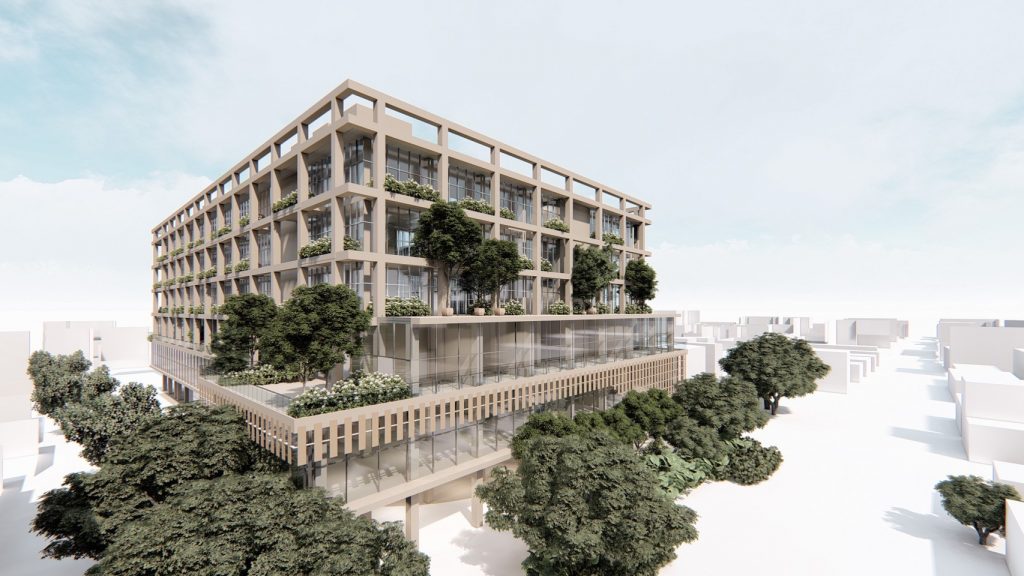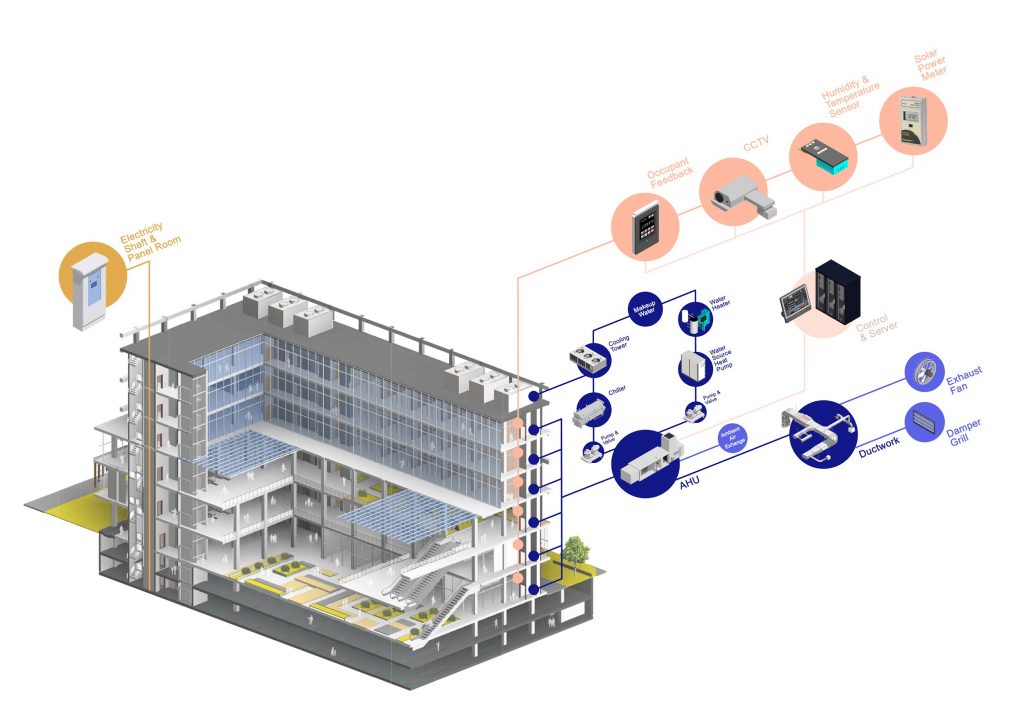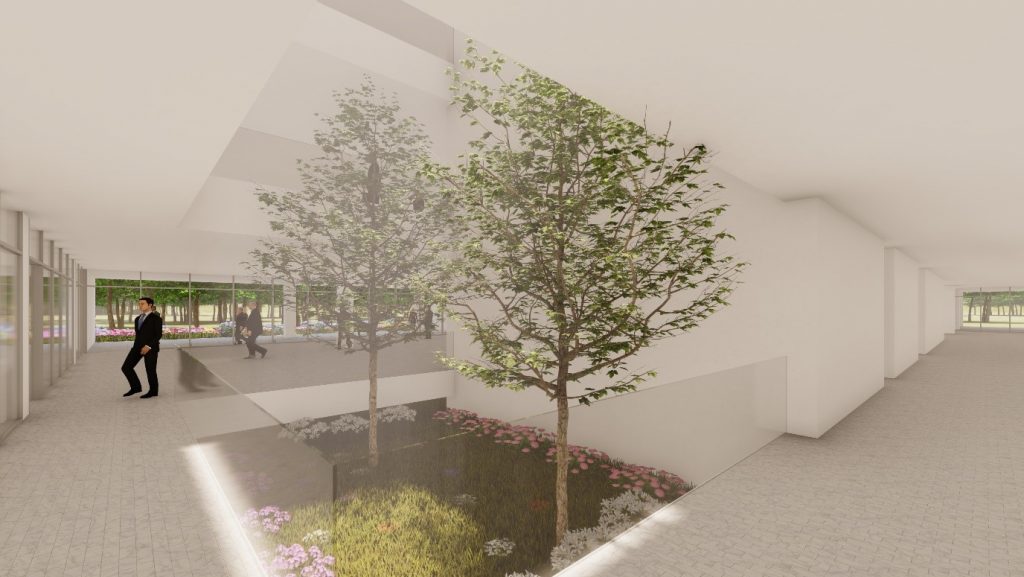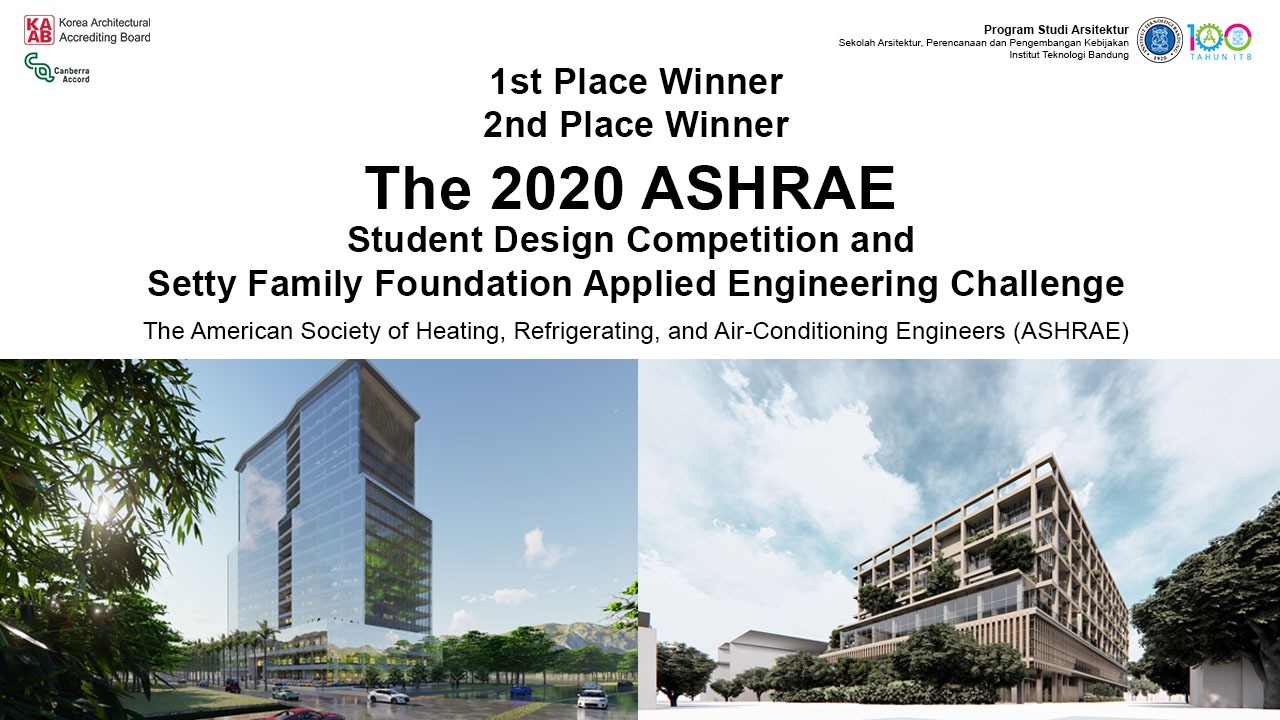Juara 1 dan Juara 2 Kompetisi Internasional ASHRAE 2020
Dua tim mahasiswa arsitektur yang berkolaborasi dengan mahasiswa dari program studi lain di ITB berhasil memenangkan kompetisi internasional ASHRAE 2020 Student Design Competition sebagai juara 1 dan juara 2 dalam kategori Applied Engineering Challenge.
Kompetisi ini adalah kompetisi internasional yang diselenggarakan oleh ASHRAE (The American Society of Heating, Refrigerating, and Air-Conditioning Engineers) untuk para mahasiswa di seluruh dunia.
Tim Wetonia yang beranggotakan Selvia Diwanty dan Hilman Prakoso (Arsitektur), Reza Dzikri Khusaini, Alpinus Raditya Dewangga, dan Kamilita Hening Musono (Teknik Mesin), serta Muhammad Nadhir Nasrudin Tanujiwa (Teknik Lingkungan) di bawah bimbingan Adrian Rizqi Irhamna, S.T., M.T. – KK Konversi Energi – Teknik Mesin berhasil menjadi juara 1 dengan judul karya: Adaptive Commercial Buildings Thermal Comfort Optimization Based on Occupants Feedback.
Ringkasan eksekutif karya tim Wetonia: In this project we designed an adaptive thermal comfort optimization for large commercial buildings based on occupants’ feedback. In our case, the designed system is applied on a mixed commercial building in Cibadak District, Bandung City, Indonesia. The building consists of three typical floors: 2 stories of basement parking, 3 stories of shopping centre, and 3 stories of rental office. For such large commercial buildings where occupants have different backgrounds and preferences, finding a specific air condition to ensure occupants comfort becomes a challenging task, hence it acts as a framework in designing the system. The fact that many existing commercial buildings have an already established HVAC control system is also a major consideration in our thought process on designing the system. Additionally, the occupants’ feedback plays a pivotal role and is heavily regarded in achieving the optimum air temperature. We utilize the PMV method from the ASHRAE/ANSI Standard 55-2017 as a guideline. This method allows the system to predict optimal air temperature automatically with the aid of servers, although operators will still be needed for several decision making. Essentially, the system proposed will work with what the building already has, making it very economical and easily deployable for construction. It makes use of the surveillance system, adding computer vision modules to the CCTV to create an occupant sensor and an activity mode sensor. It is also equipped with various sensors that measure the indoor and outdoor conditions of the building which are directly affected by the system variables. Ultimately, the proposed system helps building operators in answering operational issues whilst optimizing thermal comfort, creating a better indoor environment for the occupants.


Tim Ganeshantuy yang beranggotakan Hafidza Fara Hapsari dan Valeryn Horlanso (Arsitektur), Ainun Fitryh Vianiryzki (Teknik Informatika), Ahmad Revo Guci dan Rezky Mahesa Nanda (Teknik Fisika), serta Calvin Sawaddah (Teknik Mesin) di bawah bimbingan Wisnu Hendradjit, M.Sc.E – KK Teknik Fisika – Teknik Fisika dan Adrian Rizqi Irhamna, S.T., M.T. – KK Konversi Energi – Teknik Mesin berhasil menjadi juara 2 dengan judul karya: A 20-Stories Office Building Case Study: Improvised Open BAS for a More Objective and Constructive Occupants’ Feedback.
Ringkasan eksekutif karya tim Ganeshantuy: In this project, we designed an improvised open Building Automation System (BAS) for large commercial building, as in our case, it is a 20-stories office building located in Balikpapan, East Kalimantan, Indonesia. The building itself consists of 2 types of typical floors and 3 stories podium floors as retail area and rentable multifunctional rooms. Kinetic façade made of perforated metal is installed on east and west wall of the building to protect the occupants from direct sunlight. To help cooling the building, two voids in each floor formed a giant shaft to optimize stack effect. The improvised BAS designed to control various building systems, including HVAC system, kinetic façade of the building, fire detection and protection, water level control, PV modules, and system fault detecting. In order to enhance the reporting quality of the thermal environmental condition, reading from sensors is sometimes not enough. In this project, the HVAC system control we proposed uses the occupants’ vote to determine thermal comfort status of the building. The vote is then used to calculate the Predicted Mean Vote (PMV) Value. A web application is also developed to allow occupants to express their thermal comfort level the easiest way possible.


Informasi mengenai kompetisi ini ada di: https://www.ashrae.org/communities/student-zone/competitions/design-competition-winners
Selamat kepada kedua tim! Semoga memberi inspirasi kepada yang lain.

